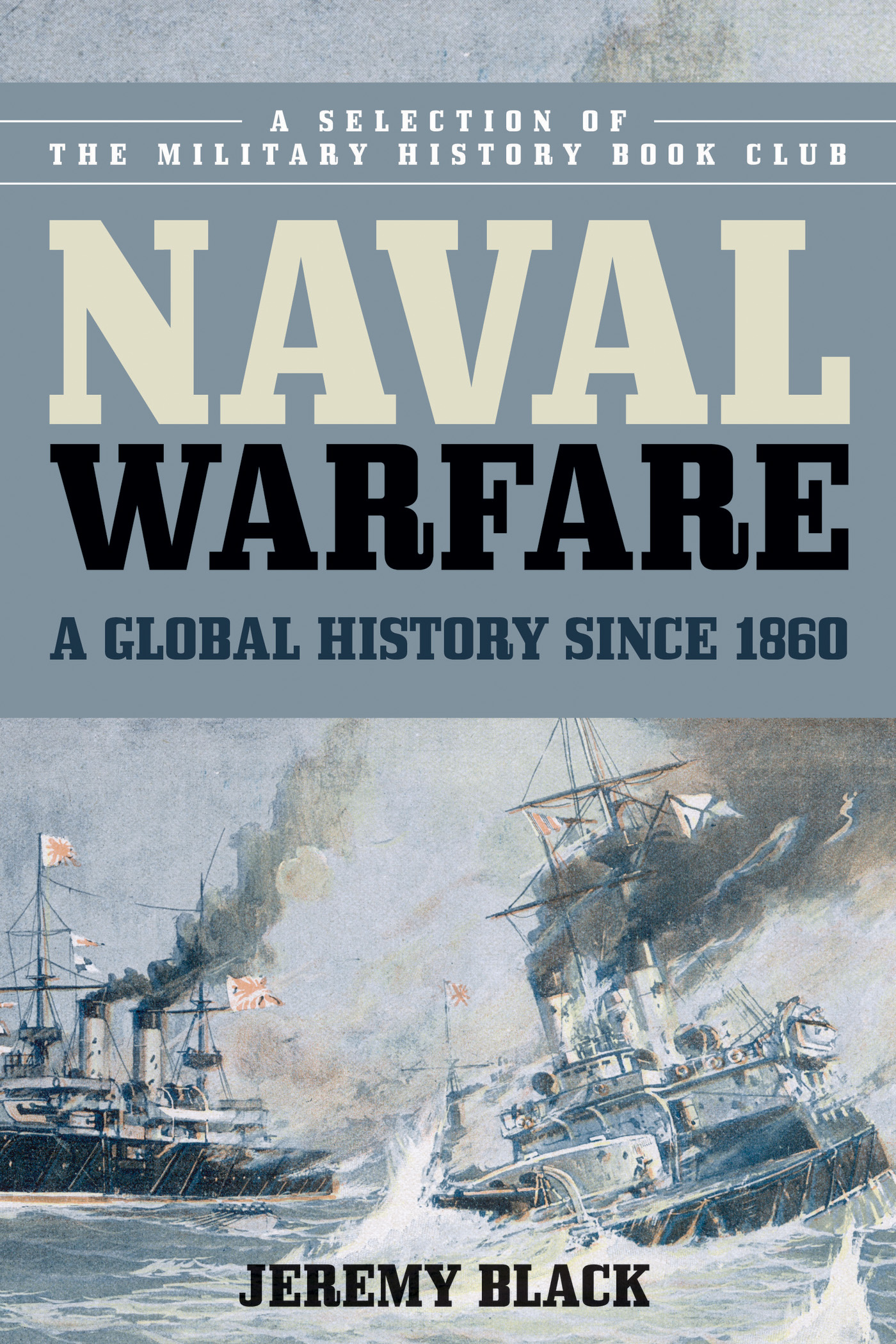Naval Warfare
Naval Warfare
A Global History since 1860
Jeremy Black
ROWMAN & LITTLEFIELD
Lanham Boulder New York London
Published by Rowman & Littlefield
A wholly owned subsidiary of
The Rowman & Littlefield Publishing Group, Inc.
4501 Forbes Boulevard, Suite 200, Lanham, Maryland 20706
https://rowman.com
Unit A, Whitacre Mews, 26-34 Stannary Street, London SE11 4AB,
United Kingdom
Copyright 2017 by Rowman & Littlefield
All rights reserved. No part of this book may be reproduced in any form or by any electronic or mechanical means, including information storage and retrieval systems, without written permission from the publisher, except by a reviewer who may quote passages in a review.
British Library Cataloguing in Publication Information Available
Library of Congress Cataloging-in-Publication Data
Names: Black, Jeremy, 1955 author.
Title: Naval warfare : a global history since 1860 / Jeremy Black.
Description: Lanham, MD : Rowman & Littlefield, [2017] | Includes bibliographical references and index.
Identifiers: LCCN 2016034077 (print) | LCCN 2016034393 (ebook) | ISBN 9781442270411 (hardcover : alk. paper) | ISBN 9781442276314 (pbk. : alk. paper) | ISBN 9781442270428 (electronic)
Subjects: LCSH: Naval history, Modern. | Naval strategyHistory20th century. | Sea-powerHistory20th century.
Classification: LCC D436 .B55 2017 (print) | LCC D436 (ebook) | DDC 359/.030904dc23
LC record available at https://lccn.loc.gov/2016034077
 TM The paper used in this publication meets the minimum requirements of American National Standard for Information Sciences Permanence of Paper for Printed Library Materials, ANSI/NISO Z39.48-1992.
TM The paper used in this publication meets the minimum requirements of American National Standard for Information Sciences Permanence of Paper for Printed Library Materials, ANSI/NISO Z39.48-1992.
Printed in the United States of America
For Roger Morriss
Colleague and Naval Historian
Preface
The modern age of naval warfare began with the combination of steam power, iron warships, and modern artillery in the mid-nineteenth century, to be rapidly joined by advanced mines, torpedoes, and submersible war craft. This combination launched a new period of acute naval competition. Moreover, this period was of marked international and geopolitical significance. This was because of the central roles of oceanic trade and transoceanic possessions in economic development and imperial expansion. The growing global importance of the United States and Japan from the late nineteenth century was also crucial to this focus on naval power. The period saw a marked improvement in the capability of surface warfare. At the same time, innovators were fast developing subsurface threats to the new form of (ironclad) capital ships, namely combined defenses in the form of forts, obstructions, and minefields backed by shallow-draft ironclad monitors, rams, and torpedo boats. The use of mine-laying and torpedo weaponry became marked during the First World War when most vessels sunk were due to mines or torpedoes. At the same time, another form of asymmetric warfare began with aerial threats to warships.
This book provides an accessible account of naval warfare, one beginning in the 1860s and going into the future. The last British wooden sailship of the line, the Ganges, launched in 1821, served as an important unit until 1865. The book focuses on the interplay of technological development, geopolitics, and resource issues in order to provide a dynamic account of strategy and warfare. The emphasis will be global so as to cover not only the leading powers but also the others involved in naval conflict. Alongside due attention to the leading naval powers, there is a global, comparative perspective rather than national narratives about individual countries and navies. The coverage is according to chronological divisions, in each of which there is a focus on the elements mentioned above, as well as on conflict itself.
I have benefited greatly from the opportunity to teach military history for more than three decades, at the universities of Durham and Exeter and more generally. For this book, I profited particularly from opportunities to speak at the Armourers and Braziers Company, the College of William and Mary, the Devonport Maritime Centre, and the New York Historical Society and to visit China, Cuba, France, Germany, Italy, Japan, Panama, Spain, and the United States. The sites of naval warfare offer varied resonances. To consider the naval dimension of the 1898 Spanish-American war from the memorialization in Cuba (at Santiago), Spain (the Naval Museum in Madrid), and the United States (a number of sites) is instructive.
The anonymous reviewer who commented on the proposal greatly improved it. So did the comments of John Beeler, Christopher Bell, Pete Brown, Mike Duffy, Howard Fuller, Richard Harding, Heiko Henning, David Morgan-Owen, Roger Morriss, Ryan Patterson, John Reeve, Matthew Seligmann, Mark Stevens, and Jon Sumida on earlier drafts or parts of earlier drafts. I much appreciate their efforts, but I alone am responsible for any errors that remain. I have benefited from discussion with or advice on specific points from Michael Axworthy, Harry Bennett, Troy Bickham, Mike Cailes, Robert Citino, Olavi Falt, James Goldrick, Greg Kennedy, John Maurer, Malyn Newitt, Kaushik Roy, Jos Sardica, Stephen Schuker, Ian Speller, Mark Stanhope, Tassapo Umavijani, Dukhee Yun, and Carlos Alfaro Zaforteza.
The collaborative nature of the project is further exemplified by the important role of my editor, Susan McEachern. She has provided the necessary mix of enthusiasm, skill, and wisdom that makes for a great editor. This book is dedicated to Roger Morriss, friend, colleague, and distinguished naval historian.
Abbreviations
Reference Abbreviations
Add. | Additional Manuscripts |
AWM | Canberra, Australian War Memorial |
BL | London, British Library, Department of Manuscripts |
CAB | Cabinet papers |
FO | Foreign Office |
JMH | Journal of Military History |
KV | Records of the Security Service |
LH | Liddell Hart Archive, Kings College London |
NA | London, National Archives |
NAA | Canberra, National Archives of Australia |
NWCR | Naval War College Review |
PREM | Prime Ministers Office Records |
WO | War Office |
Abbreviations
ASDIC | sonar |
A2/AD | anti-access/area-denial |
BMD | ballistic-missile defense |
EU | European Union |
HMS | His/Her Majestys Ship |
LCS | littoral combat ship |
NATO | North Atlantic Treaty Organization |
PLA | Peoples Liberation Army |
RAF | Royal Air Force |
RFC | Royal Flying Corps |
RNAS | Royal Naval Air Service |
Next page
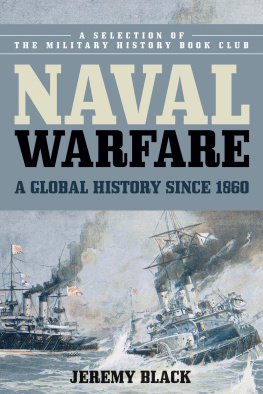
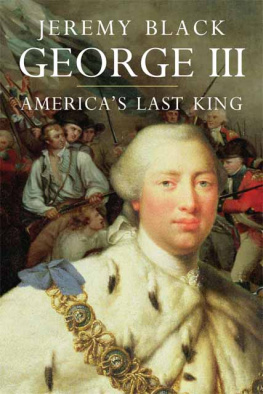
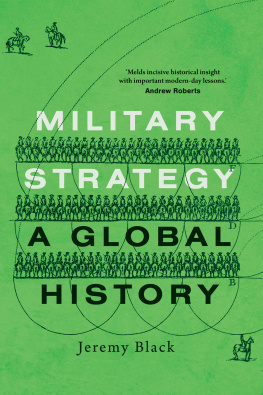

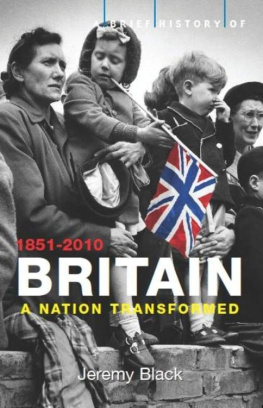
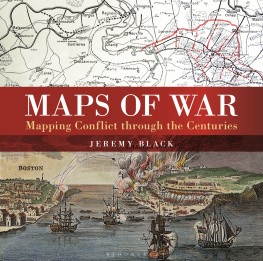
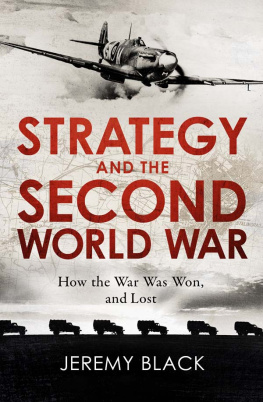

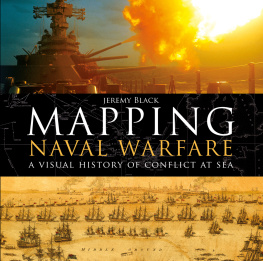

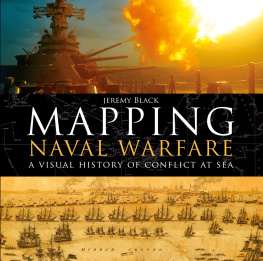
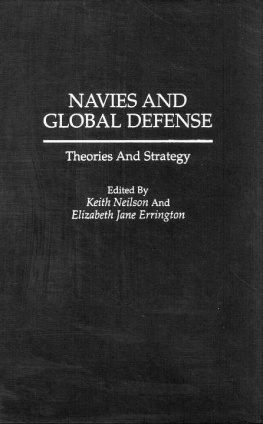
 TM The paper used in this publication meets the minimum requirements of American National Standard for Information Sciences Permanence of Paper for Printed Library Materials, ANSI/NISO Z39.48-1992.
TM The paper used in this publication meets the minimum requirements of American National Standard for Information Sciences Permanence of Paper for Printed Library Materials, ANSI/NISO Z39.48-1992.